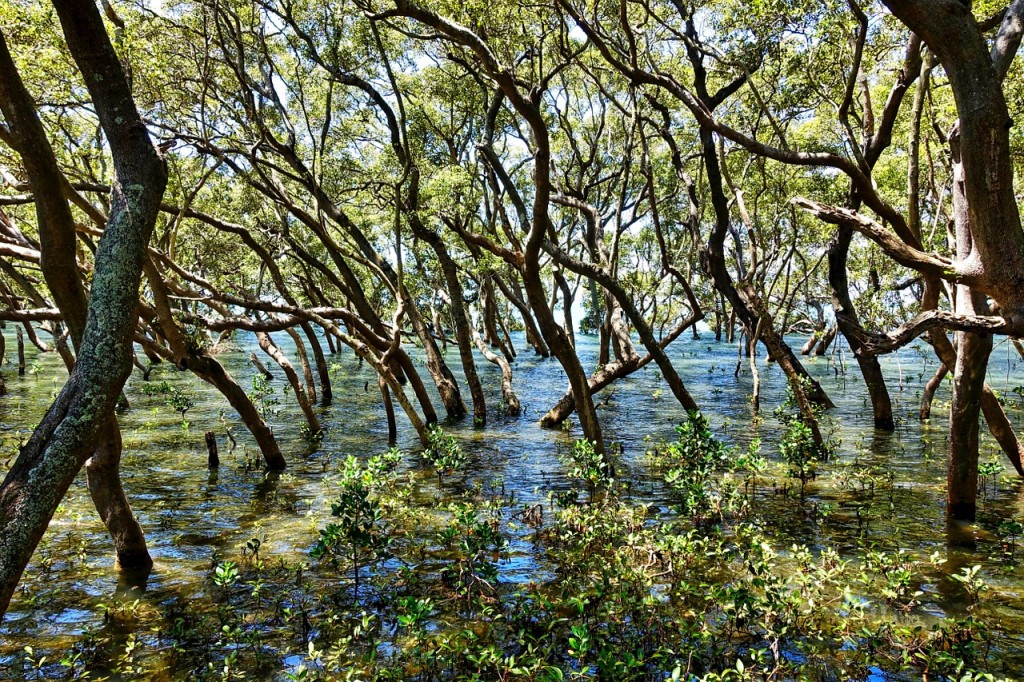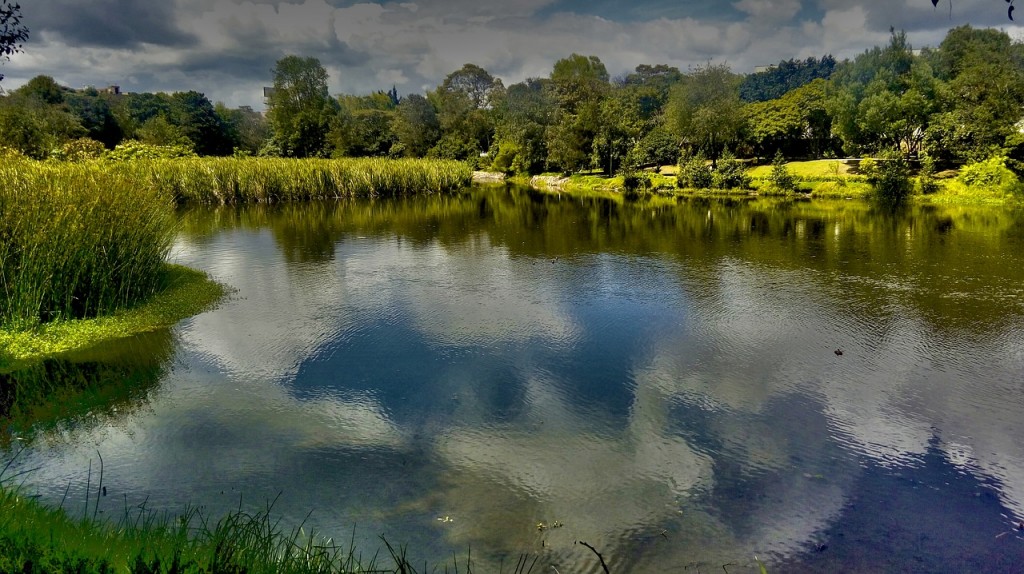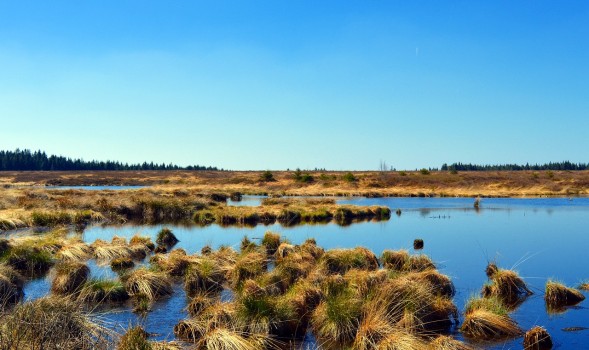What are wetlands?
A wetland is defined as, “a place where water covers the land.” This could be a marsh, river delta, bog, fen or even the swampy edge of a pond or the ocean. The water can be fresh, salt or brackish. Low-lying areas that flood during heavy rains and then dry out in between are also considered wetlands.

Why are wetlands important?
Wetlands support large and diverse populations of mammals, birds, fish, reptiles, amphibians invertebrates and plants. They serve as breeding grounds and nurseries for many species. For example, the salt and brackish mangrove swamps in South Florida are important spawnings and nursery habitats for many species of fish and shellfish, including important game and commercially fished species like snapper and shrimp.
Waste products and pollutants from industry and agriculture are flushed into waterways, making them unusable for drinking water. However, these harmful substances can be filtered out when the water passes through a wetland. In 1978, the US Government Council on Environmental Quality found that even, “water heavily polluted with human sewage and chicken offal” was clean after flowing through swamps. In 2006, it was determined that the Congaree Swamp in South Carolina filtered water as well as a $5 million water treatment facility.
What is destroying wetlands?
According to the World Wildlife Fund, the leading threats to wetlands are industry, invasive species, pollution, climate change, and dams. Swamps and marshes are drained to make room for housing developments or factories. Agricultural development often drains wetlands to make room for crops or irrigation consumes so much water that wetlands dry up. Invasive species, both plant, and animal are introduced into wetlands, outcompeting indigenous plants and wildlife thus disrupting the ecosystem. As adept as wetlands are at filtering pollutants from water, sometimes the number of contaminants washed into them is so high that the wetlands cannot filter them out fast enough. Climate change can alter the weather patterns enough that higher rains in some regions flood wetlands so much that trees and other plant species die from the flooding; rising sea levels are threatening vital coastal wetlands. Conversely, wetlands in other regions become dried out from drought. Dams cause wetlands downstream to die off by diverting water flow.

Why should you help preserve and restore wetlands?
The importance of all types of wetlands to human life cannot be overstated. Not only are they important to biodiversity and the environment but also human life and the economy. They are an essential part of the water cycle that replenishes the groundwater we drink. Coastal wetlands help to absorb the high waves and dangerous storm surge created by hurricanes and typhoons; this protection helps to lessen property damage and loss of life from storms. They also collect and slowly release surface runoff which helps mitigate flooding. Wetlands are the breeding grounds that help grow the food we eat. In short, they are vital to your nation and vital to your life.

